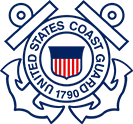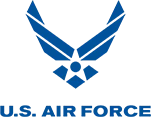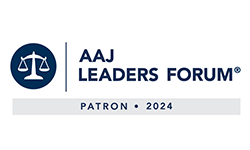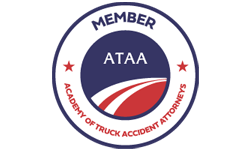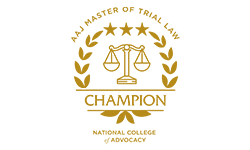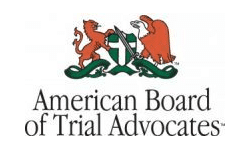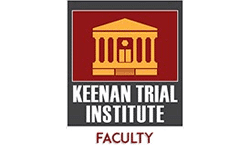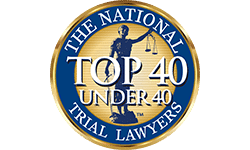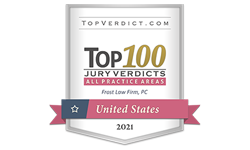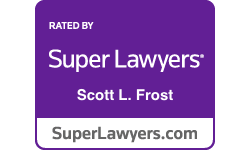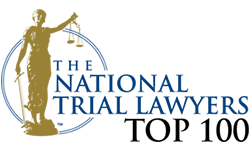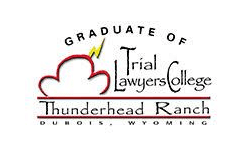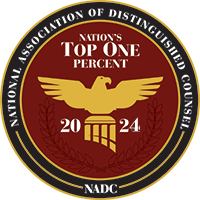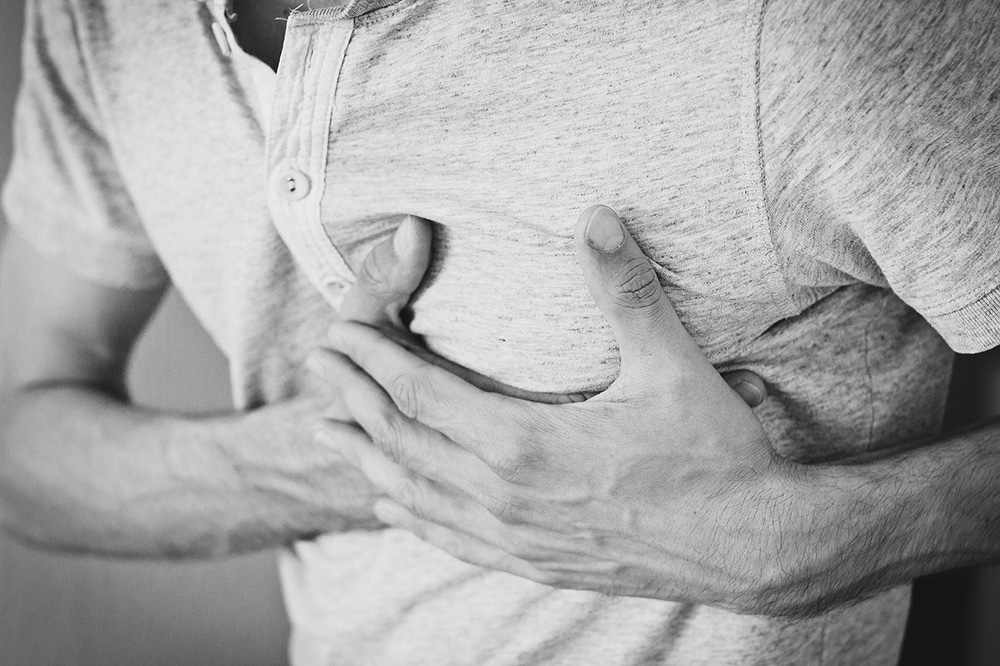
A heart attack is a serious medical event that always requires prompt and timely treatment. So what happens when a cardiac event occurs outside the confines of a fully-staffed hospital? When there are only minutes on the line, waiting for an ambulance to arrive isn’t always enough.
The presence of automatic external defibrillators (AEDs) in schools, office buildings, gyms, and other buildings and public spaces can be lifesaving. However, far too often, these devices are missing, inoperable, or stored in inaccessible locations.
If you or a loved one suffered a cardiac event and were not properly treated in a timely manner with an AED, you may have legal options for financial recourse. If you’re located in California, Frost Law Firm, PC wants to be sure that you understand your rights about heart attacks in public places.
For answers to questions or concerns not addressed in this blog, please contact our law office for a complimentary case evaluation.
Survival Rates for Heart Attacks in Public Places
A heart attack occurs when a coronary artery in the heart is blocked. This cuts off vital blood supply to the heart muscle and may lead to a serious condition in which the heart stops pumping blood. When this happens, it is referred to as a cardiac arrest.
According to the Centers for Disease Control and Prevention (CDC), approximately 350,000 people experience a cardiac arrest outside of hospital settings each and every year. Of these, only one out of every ten people is expected to survive.
When a heart attack occurs in a public space, call 911 right away. If possible, assign someone else to call 911 while you search for an AED. Identify any people who are certified in CPR (cardiopulmonary resuscitation) and have them begin chest compressions until the AED is located and used, or until emergency responders arrive.
Quick action in the seconds and minutes following a heart attack and cardiac arrest can save someone’s life.
The Impact of Automated External Defibrillators on Survival Rates
An automated external defibrillator (AED) is a device used to deliver an electric shock to the heart. It has the potential to restart a person’s heart after they have suffered a cardiac arrest.
Research by the National Institutes of Health (NIH) shows that bystander use of an AED device can drastically increase a person’s chance of surviving a cardiac arrest. This research also determined that 57% of people who survived following the use of an AED did so with minimal disability, compared to only 33% of those who survived without AED intervention.
Furthermore, the NIH found that AEDs save approximately 1,700 lives every year.
The importance of maintaining operable AEDs in easy-to-find locations in public spaces cannot be understated.
California AED Laws and Requirements
Like all states, California has laws in place that regulate the presence of AEDs. Additional legislation referred to as “Good Samaritan” laws also shield bystanders from liability if they render aid using AEDs.
Thanks to Education Code §35179.6, Health and Safety Code §19300, Health and Safety Code §116045, and Health and Safety Code §1538.55, most public places in California have an AED. This includes:
- Elementary, middle, and high schools
- Gyms
- Assembly buildings with occupancy capacities greater than 300
- Factory buildings with occupancy capacities greater than 200
- Adult care facilities
- Public Pools
It is not enough for the owner, landlord, or tenant of a building to simply purchase an AED, place it in the facility, and forget about it. The following standards must also be met to remain compliant with California law:
- The AED must be operational and ready to be used in an emergency at all times.
- The AED must undergo regular inspections to ensure readiness in the event of an emergency.
- The AED must be stored in an easily-accessible and highly-visible place within a common area.
- The AED must be identified with clear and proper signage.
If a facility fails to follow any of the above requirements for AEDs, it can potentially be held liable for additional harm that a person suffers as a result of not receiving prompt care for a cardiac arrest.
Who Can Use an AED for Public Heart Attacks in California?
Witnessing someone experience a significant medical event can be confusing and overwhelming, especially for those who want to help but are unsure of what to do. In some situations, a bystander may want to provide assistance, but won’t out of fear that they may be held liable should something go wrong.
However, a bystander who helps someone suffering a cardiac arrest is protected by California Health and Safety Code §1799.102. This law states that “no person who in good faith, and not for compensation, renders emergency medical or nonmedical care at the scene of an emergency shall be liable for any civil damages resulting from any act or omission.”
Civil Code §1714.21 provides further protections specifically related to the use of AEDs, stating that “any person who, in good faith and not for compensation, renders emergency care or treatment by the use of an AED at the scene of an emergency is not liable for any civil damages resulting from any acts or omissions in rendering the emergency care.”
What if a Facility’s AED Is Missing or Inoperable?
Despite multiple laws and regulations requiring that functional AEDs be present and accessible in most public spaces in California, many facilities still lack these lifesaving devices. And even in facilities and buildings that do have AEDs, it is not uncommon to discover that they are inoperable once a medical emergency arises.
Victims who have suffered cardiac arrests and surviving family members who have lost loved ones may have a legal standing to recover compensation if certain injuries, disabilities, or deaths could have been prevented with the presence of an operable AED.
Learning About Your Legal Options Is Free
At Frost Law Firm, PC, we are proud to be compassionate, uncompromising, and relentless legal guides as victims and families face some of the most difficult periods of their lives.
If you believe your condition could have been improved or that your loved one’s death could have been prevented with the presence or use of an operable AED, please contact our law office at your earliest convenience. We’ll schedule you for a no-cost, no-obligation meeting with an attorney so that you can learn about your legal options.







